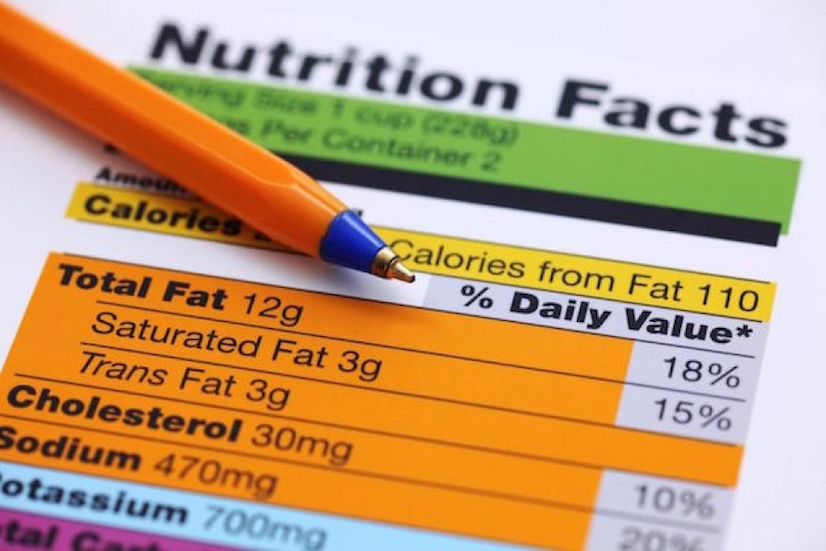The Nutrition Facts label lays out the “total fat” in addition to the different types of fat contained in foods. Determining the type of fat can help you decide whether or not a food is rich in ‘healthy’ and/or ‘unhealthy’ fats. Trans fats and, in some cases saturated fats, are considered “unhealthy” or “bad” while monounsaturated and polyunsaturated (omega-3) fats are generally healthier alternatives or “good” fats.
Related Article: Good Fats Versus Bad Fats: What You Need to Know About Dietary Fat
Saturated fats are naturally found in animal-based foods including meats, dairy products and eggs. While these fats are generally classified as unhealthy, I’d argue that they are not at all as bad as trans fats, which are manmade and chemically-altered. In fact, day-to-day consumption of foods comprised of trans fats is much more of a contributor to disease and overall poor health than saturated fats could ever be.
But, I must also add that consuming an abundance of overly processed carbohydrates with added sugars and other subpar ingredients can do just as much damage to the body as taking in foods containing trans fats. I say this because food manufacturers are infamous for stamping the “no trans fats” label on the packages of otherwise unhealthy products in an effort to sway the naïve consumer into thinking that this branding somehow makes foods healthier.
This is why it’s always important to read food labels carefully, considering the composition of foods in totality.
When consuming saturated fat-rich foods, it’s all about moderation as opposed to elimination but food sources of trans fats should just be avoided whenever possible. These fats are widely present in commercially baked goods (cakes, cookies and crackers), fried foods (French fries, fried chicken and doughnuts), shortening (Crisco), and stick margarine.
Now, at the end of the day, since all high-fat foods tend to drive up calorie counts, it’s typically recommended that you limit your intake of total fat to 25-35% of your daily calories. Of this amount, saturated fats and trans fats should comprise less than 7-10% and no more than 1%, respectively. At the very least, following these guidelines will help you meet the minimal requirements for dietary fat in a healthy way.
However, it’s important to understand that these recommendations are general guidelines and not necessarily global standards. In fact, many countries, including those in the Mediterranean, follow diets with relatively higher intakes (35-40%) of dietary fat without added weight gain or health risks. Interestingly enough their diets are also relatively high in saturated fats but much lower in added sugars and virtually devoid of trans fats.
Again, it all depends on the type of fats you choose to consume.
Related Article: Adopting the Mediterranean Diet for a Healthier You







